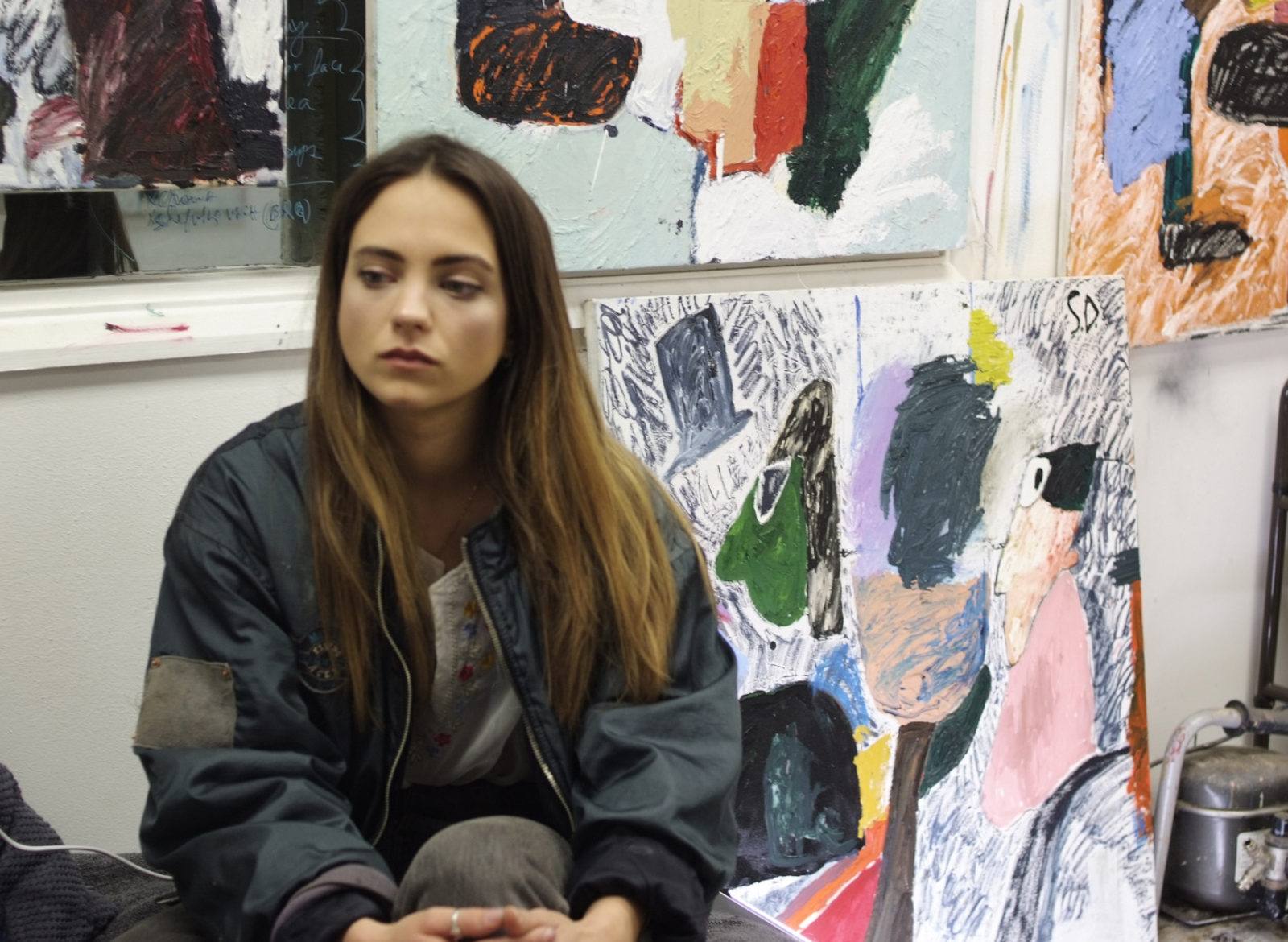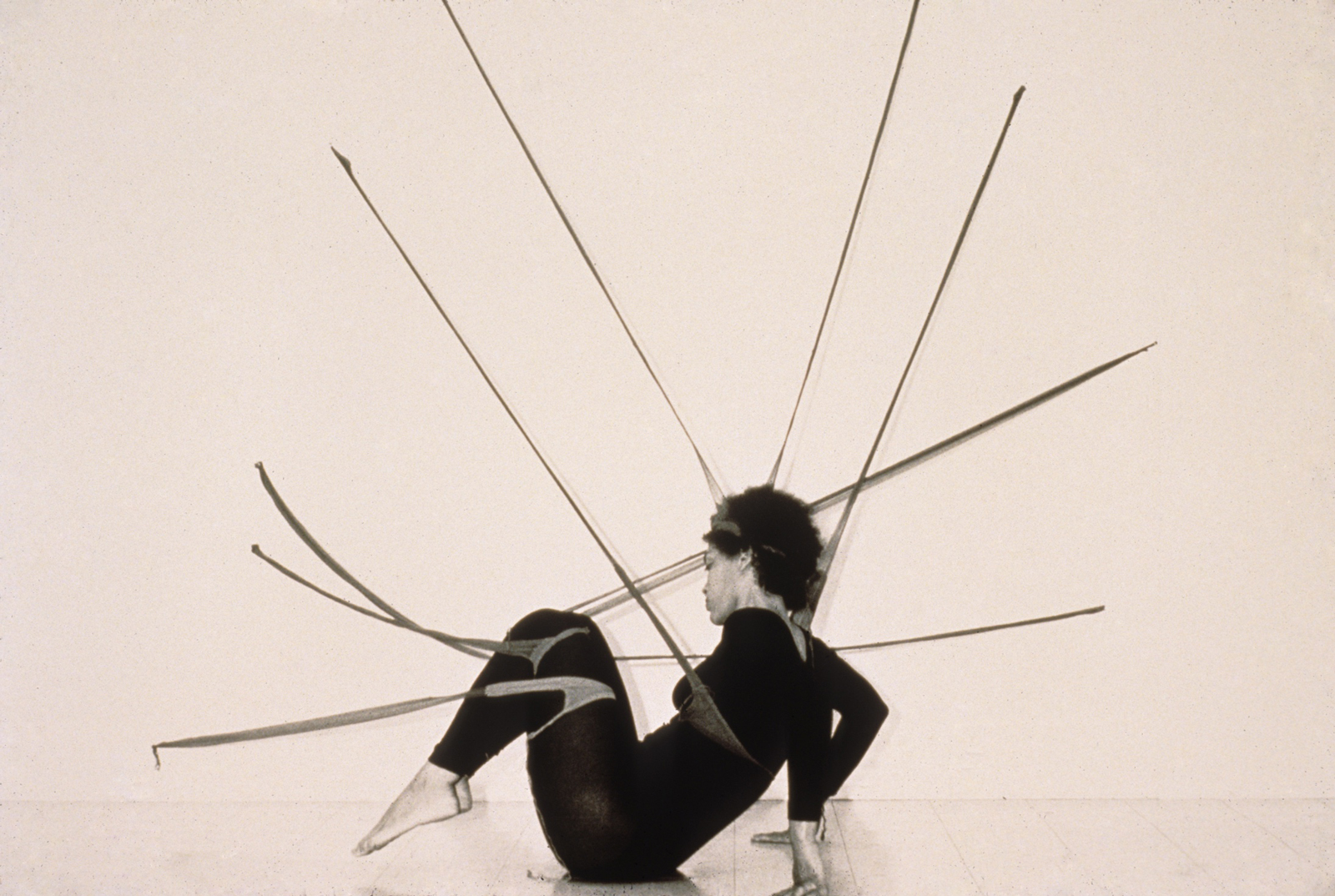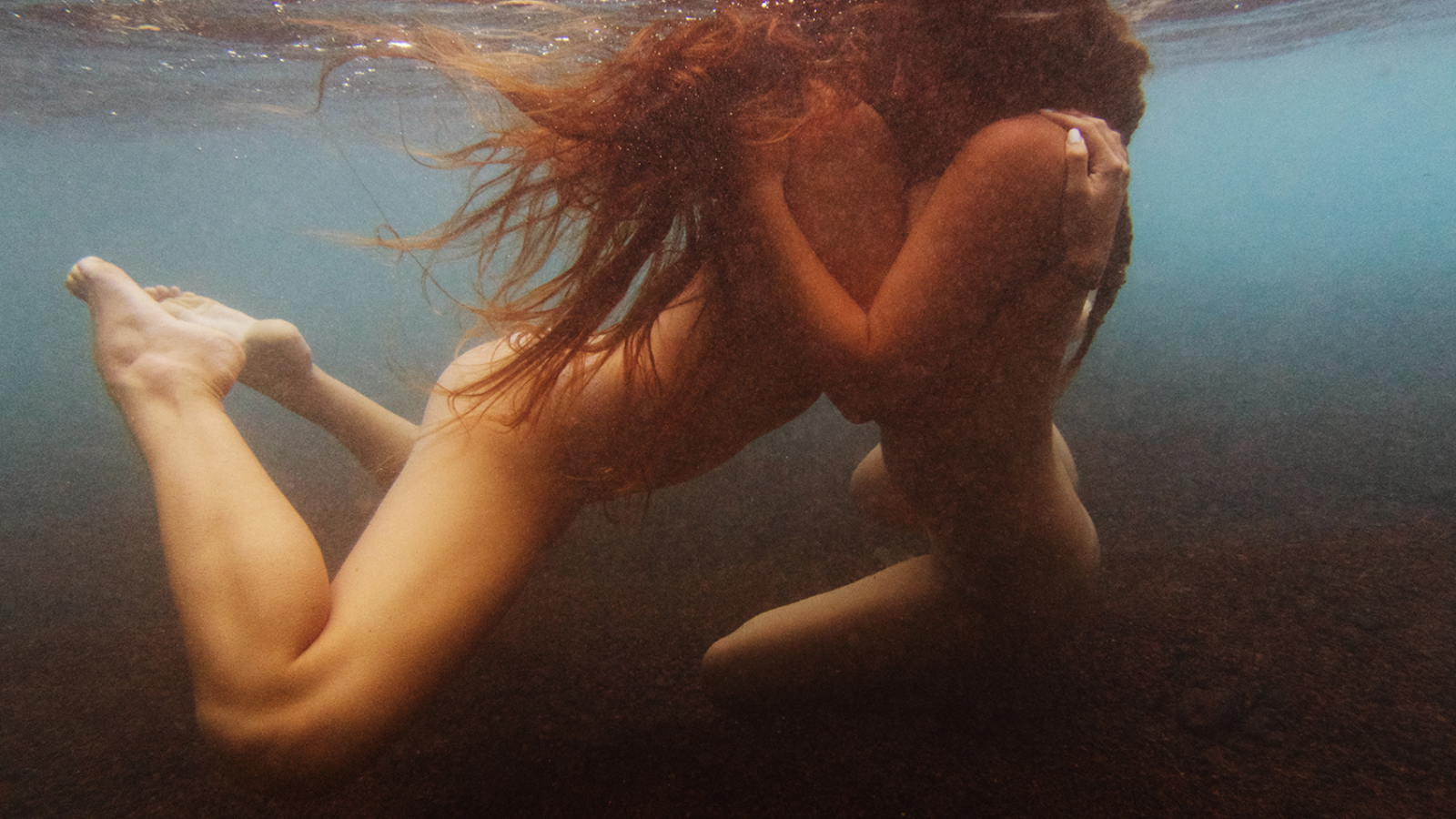Text & Interview: Alec Coiro
All Images Courtesy of the Artist and The Cabin
We recently caught Stevie Dix’s show at Journal Gallery’s Tennis Elbow, and were inspired to find out more about the Belgian painter who works out of England and just completed an art making stint in the U.S. We connected over email, and we found out about her love affair with the tactile substance of paint — which explains a lot about the thick brushstrokes we found at Tennis Elbow. Her interpretation of expressionism as a timeless way of communicating emotion honestly cranked up my admiration for the style a few notches. We also find out a bit about her background and where she’s headed next.
There were a few things I’d still love to follow up on, like the recurring symbolism and narrative that she mentions, but perhaps it would be more instructive if we all let her paintings tell those tales. They key question, though, only that old trickster Time can answer: what does this future hold for this young talent. The best place to go for clues to the question would be her month-long show at Nevven Gallery in Gothenburg, Sweden, which opens April 12th.
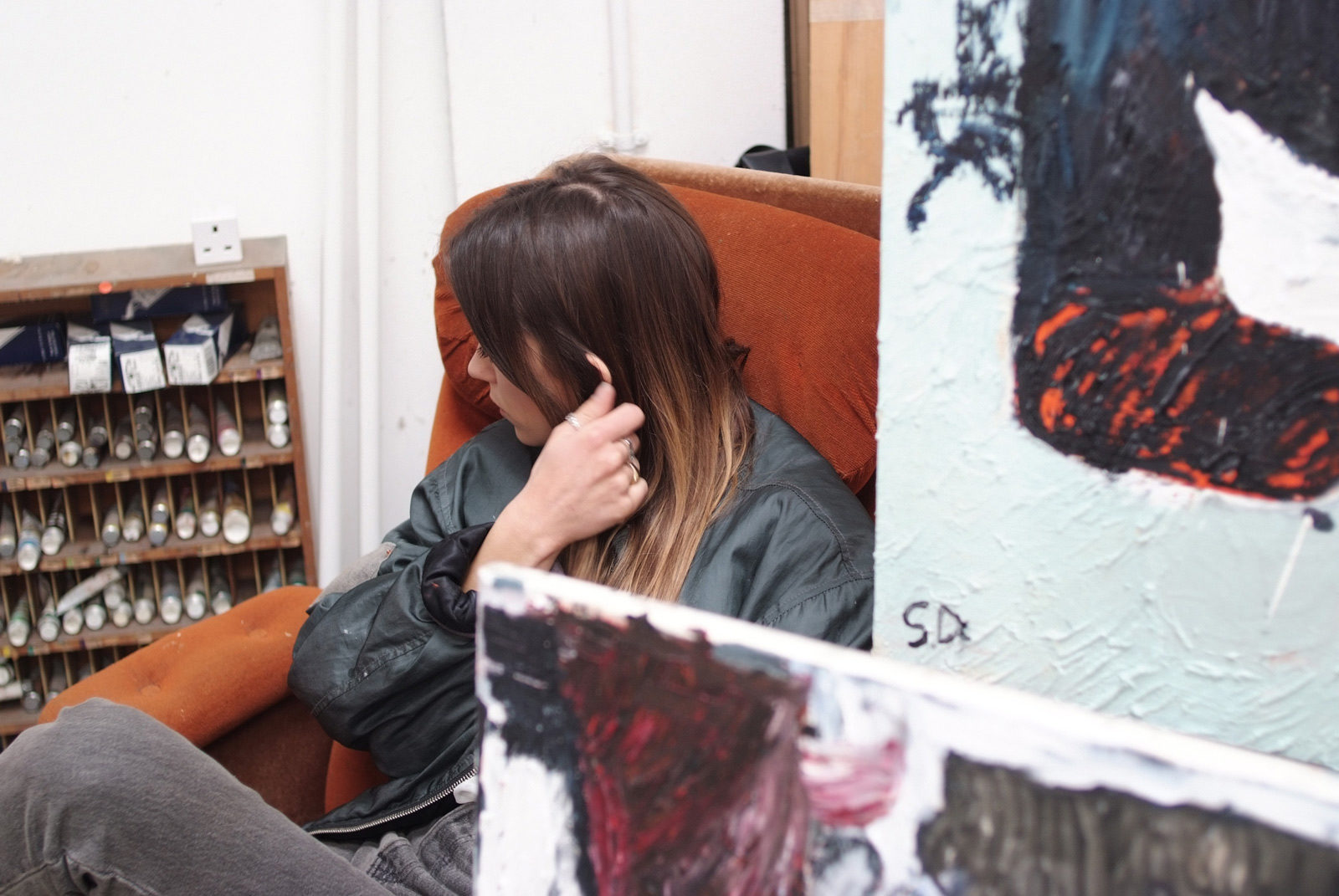
Your paintings are characterized by the thick, 3D impasto of your brushstrokes. What is it that attracts you to this technique?
A couple of years ago I was making work that was entirely abstract. I think the thick textures back then were a way for me to add to the feeling of making something direct and grotesque, but also to fully exploit oil paint as a medium. When I was really young I would paint in acrylics and household paint, mixing it with PVA and detergent and even sawdust to try and save money. I liked the idea and process of mixing big tubs of colour and being free to waste them. But then when I switched to oil paint I really became fascinated with the material and it got thicker and thicker. I’m love the way it moves, smells, looks. I never actually mix impasto or anything with my paint. I joke and say it’s blasphemy. My work is built up of pure, out of the tube, oils. I find it a really satisfying way of working.
Do you use reference images when you paint, do you have an image in your mind you try to achieve, or are the paintings more of a process of discovery. Or is it something else entirely?
I never imagine an image until I sit in front of a blank, primed canvas and a nice stack of fresh oil paint. I always know what size I wanna work on, but not what I’m going to make. The format kicks off the rhythm of the composition, so it works for me to go straight for it. I obviously have a strong recurring symbolism and narrative — so I can’t say my process is fully relying on discovery. I do sit with ideas for a work and I use my own forms and symbols in a deliberate way to create tension, but there’s not a traditional sense of planning or using references like having a full sketchbook or something. I write down little notes about colours, shapes or classic compositions in my phone that I want to try here and there, but my research is really not very consistent. The other day I took a photo of a cowboy boot drawing on the side of a shoemakers in Los Angeles intending to use the shape for a work. Those moments happen, but I wouldn’t say regularly enough to say it’s a technique.
To what extent — if any — do you consider yourself an expressionist?
I never think about it, just ‘cause in my head that was a group of men in Germany in the 1900s. But I do feel my work is very subjective. It’s the kind of work that has little historical meaning, but lots of emotional. Expressionism always seems to be alive as a style because of that. A Kirchner painting could have been made now, cause the feelings he portrayed aren’t singular to its time. This unity we have as human beings, we all feel the same upset, pain and anger – of course over different things and some more severe than others. But I have always made work as an emotional release, with the intention that someone out there can get some sort of relief from it.
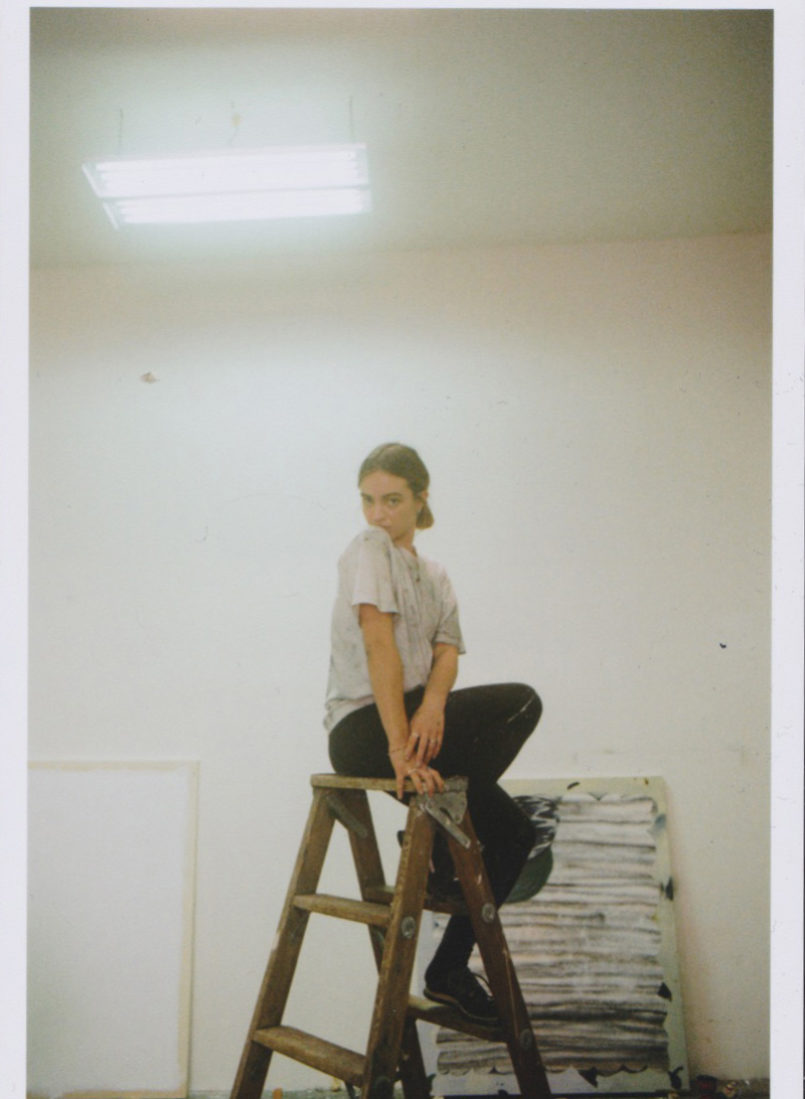
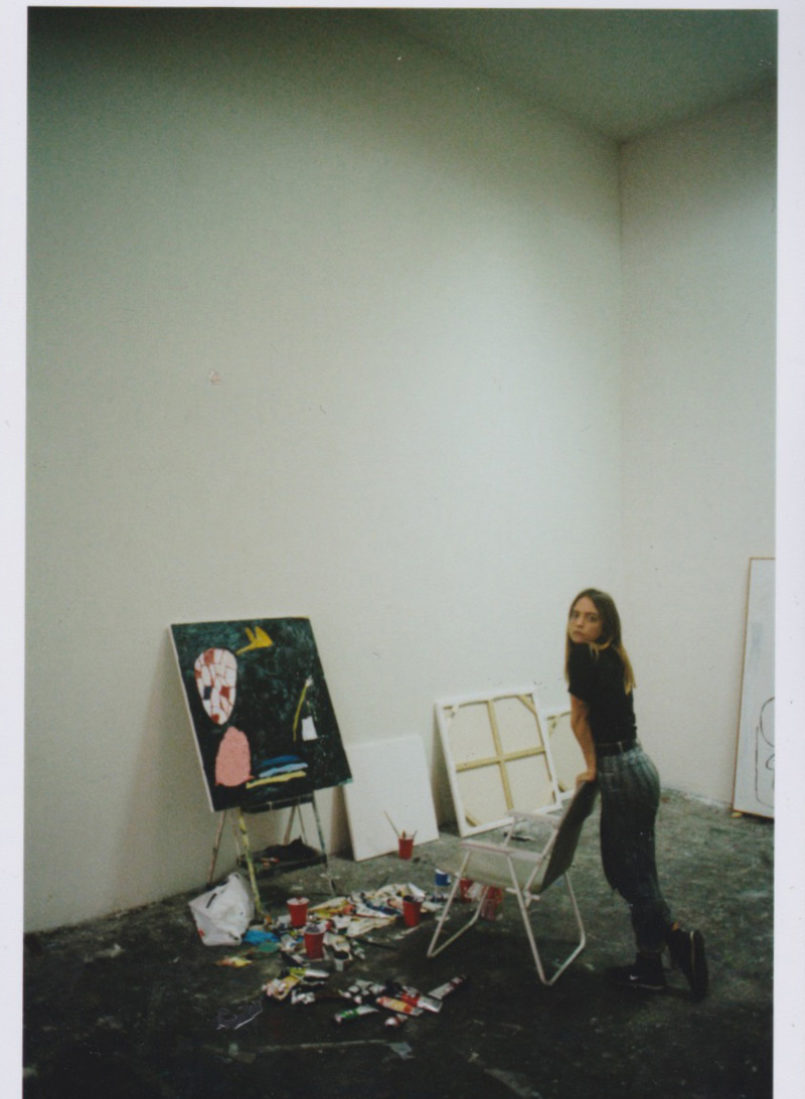
When I switched to oil paint I really became fascinated with the material and it got thicker and thicker. I’m love the way it moves, smells, looks.
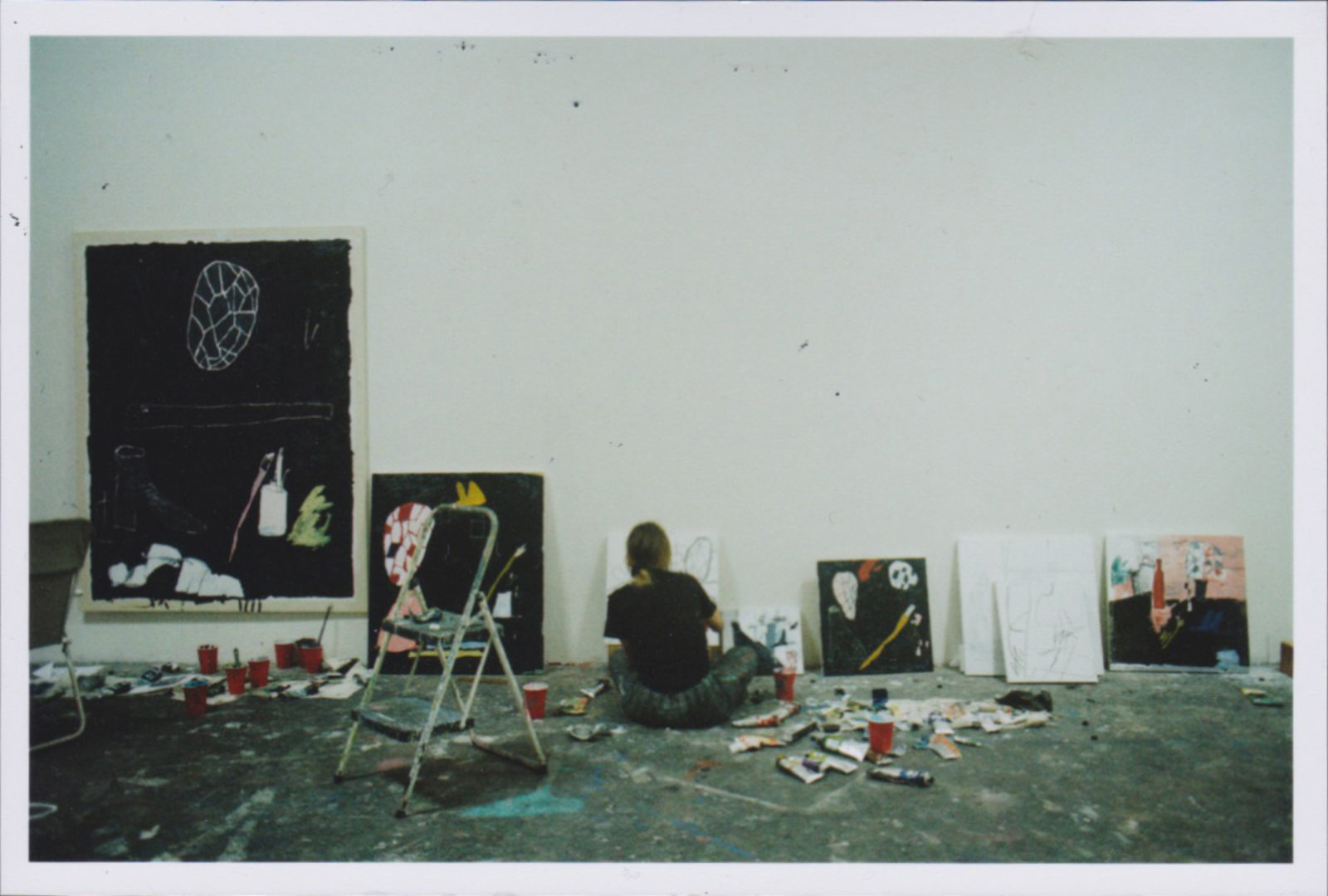
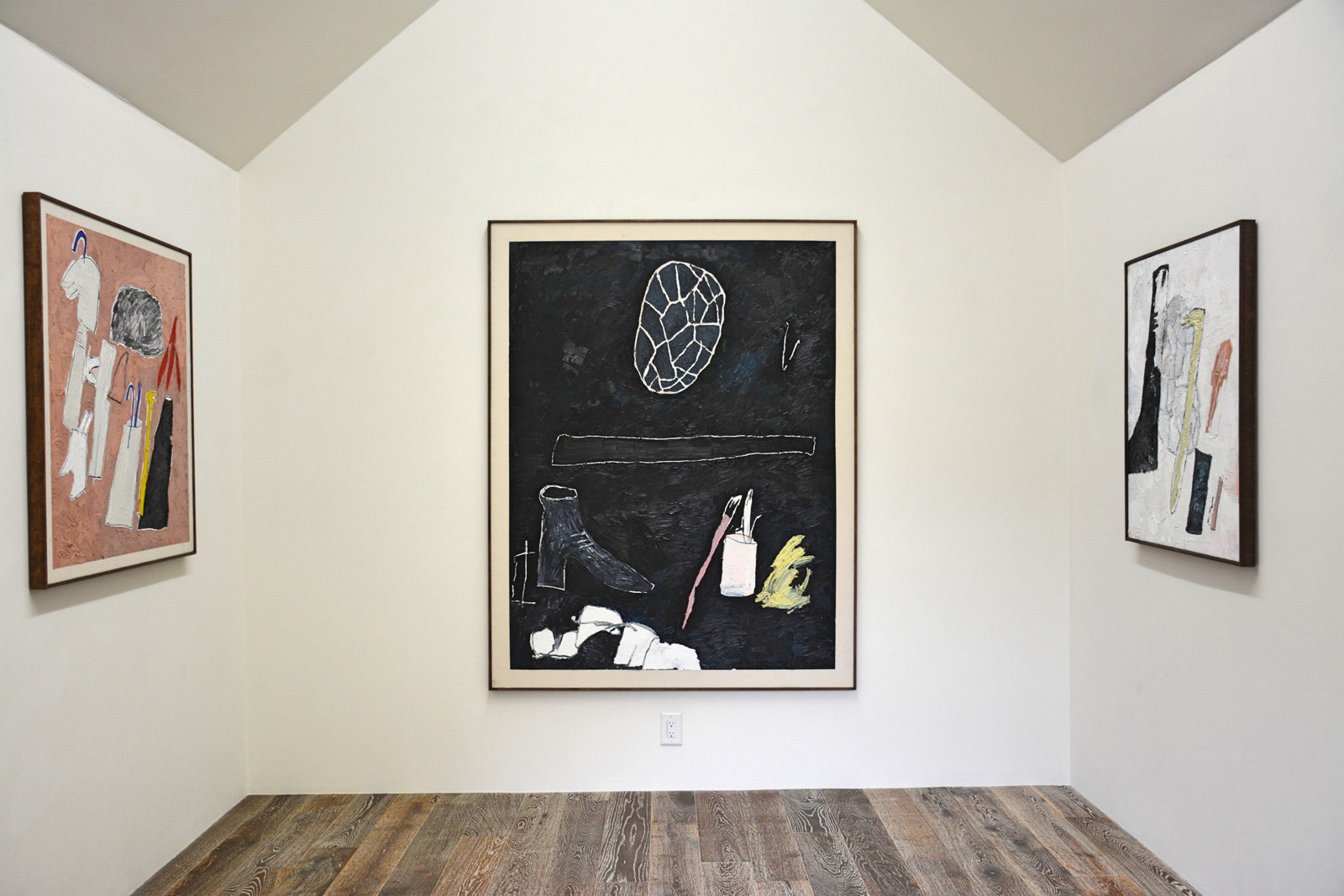
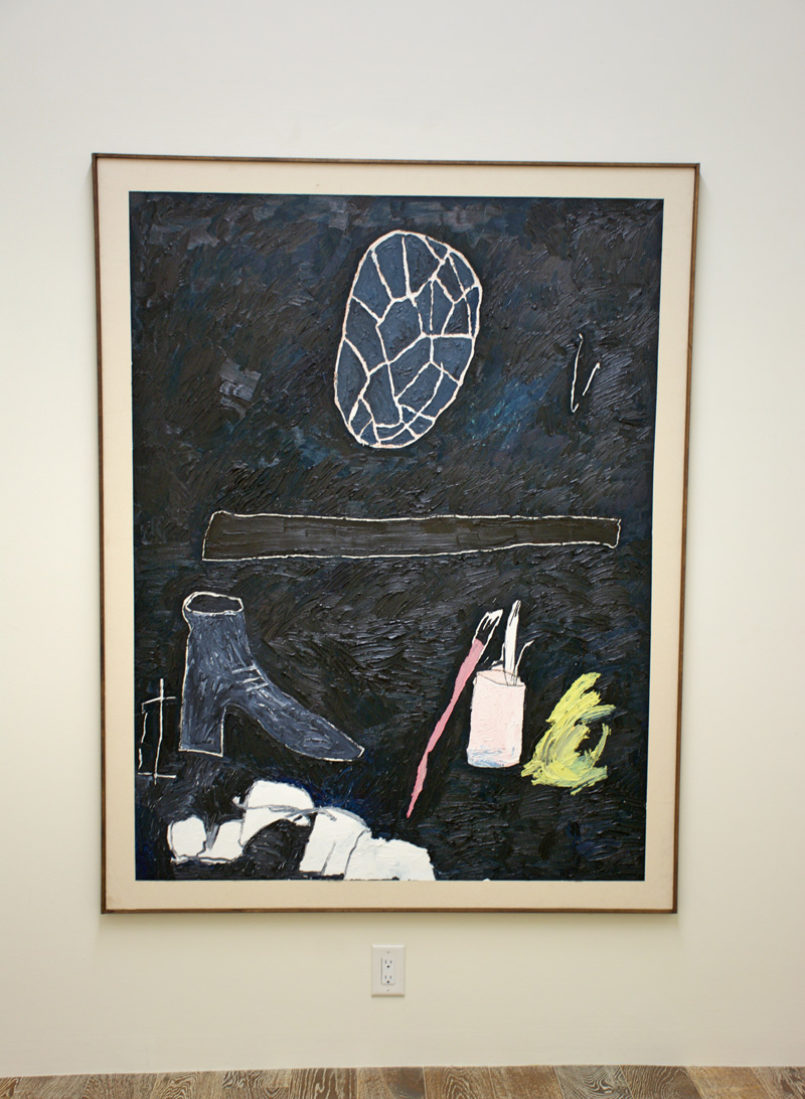
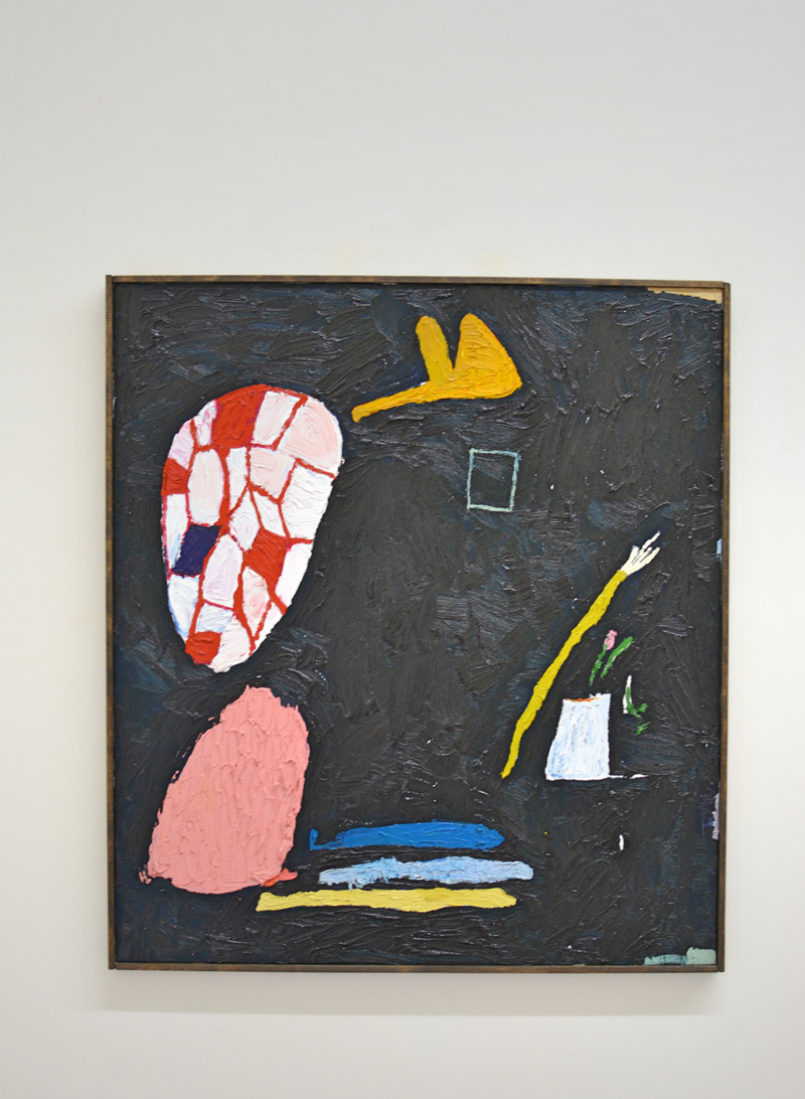
I do sit with ideas for a work and I use my own forms and symbols in a deliberate way to create tension.
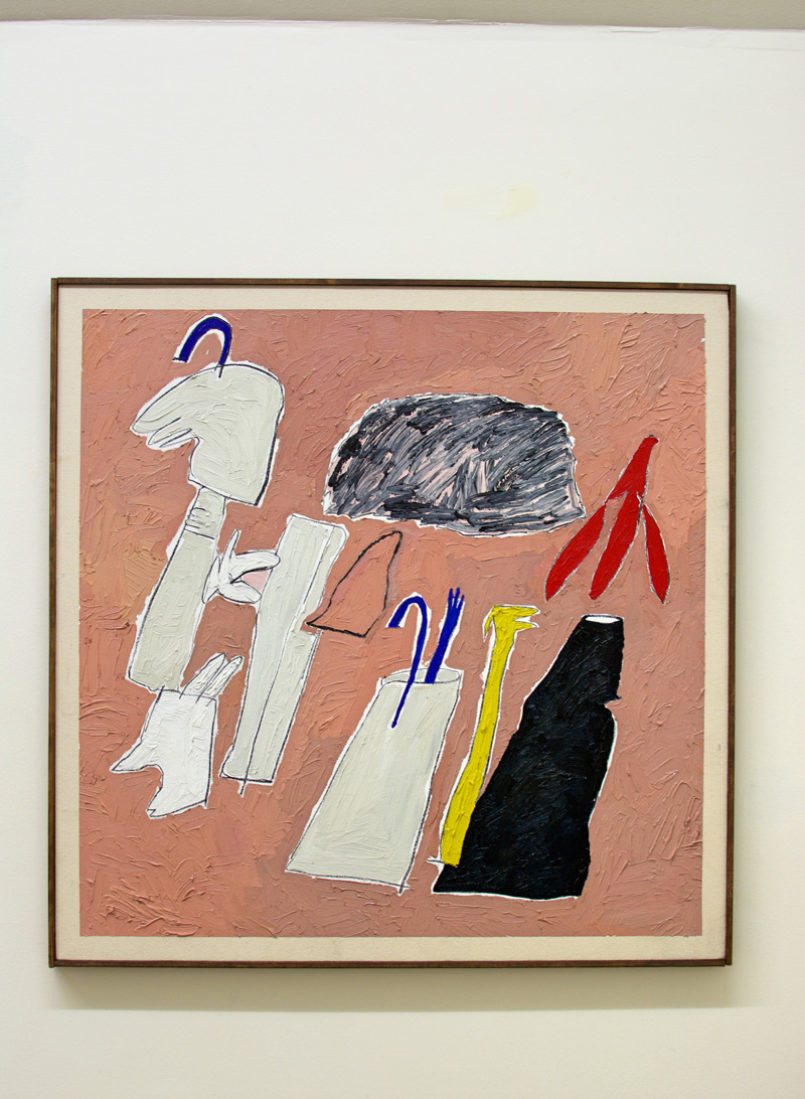
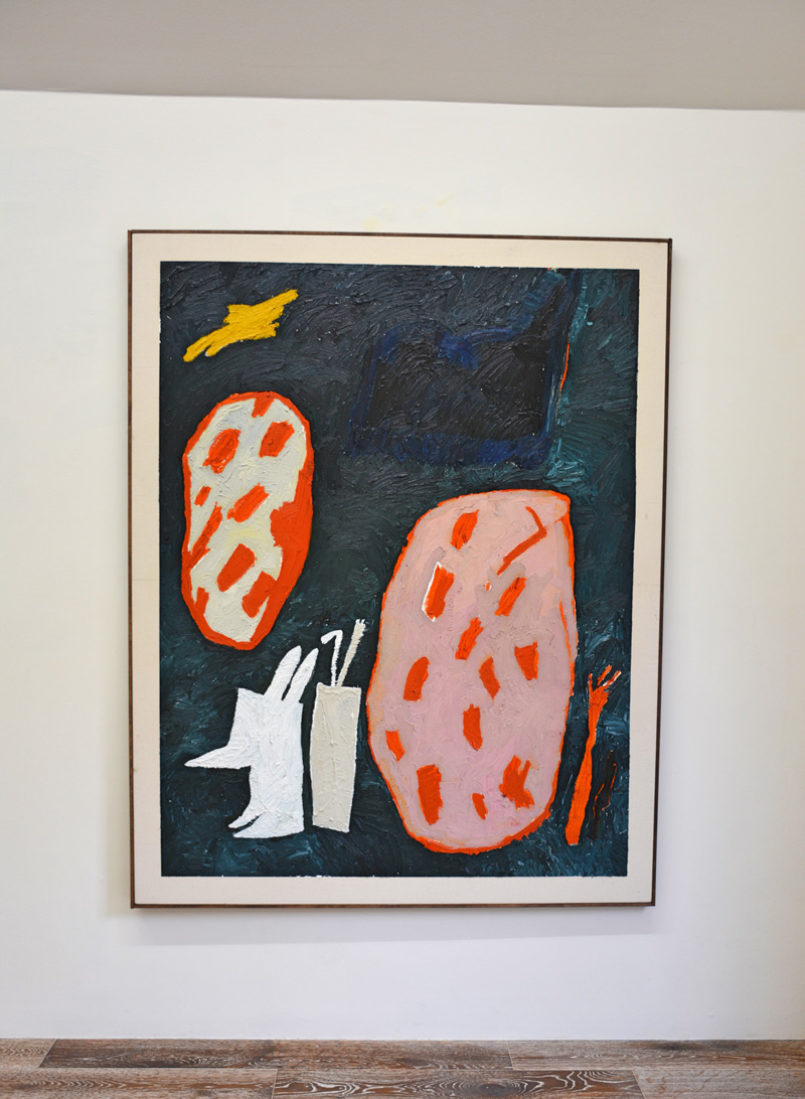
Can you tell us a little about your background? You’ve already mentioned you haven’t been to university. How did you learn your technique?
Even though I don’t have a BA in art, I went to a practical arts high school in Belgium. You basically drop subjects like maths and geography for things like drawing, printing and painting. I was taught some basics in just about every material and medium and sat through quite a heavy art history course for four years. Maybe that’s why I naively didn’t feel excited to apply for a BA and do another four years of what I thought would be ‘the same’. I needed to do some self-discovery and maturing, which some people do at university but I chose to do in pubs and bars and by moving to London by myself. Luckily my interest in art was present enough to just learn a lot myself. I’ve got a big library of books at home that I’ve been collecting over years and I spend a lot of time with my nose up close to paintings. I think you can learn a lot yourself about any subject if you want, and some people thrive without the pressure of an institution. I probably have some authority issues as well though.
Last year I got a year of tutoring from Phil King via the Turps Banana Art School. I did it remotely because I couldn’t afford the full course and also because I wanted to spend part of the year back in Belgium. I was lucky enough to be assigned a tutor who’s work and mind I admire, and I think towards the end the feeling was mutual. Having someone analyse my work outside of the frame of ‘the art world’ was really good for my confidence. I got a good perspective of where my work sits and I also got some necessary criticism that brought me down a notch or two. In this industry you can sometimes get criticism from the wrong people with the wrong intentions, so it’s great to have a place to turn for honest feedback that doesn’t have an agenda.
I went to see your lovely show at Tennis Elbow on Tuesday. Do you have other shows coming up in the near future? How similar is what you’re working on now to what I saw at Journal Gallery?
Thank you for going to see it! The work I showed at the Journal I made while in Los Angeles. I think I made about 10 paintings whilst I was there, and sent half to New York and half stayed there for a show at The Cabin. I was there for a month, which isn’t a huge amount of time to work towards two shows. Like I said I don’t always plan, so I didn’t know what I was going to make and how much. It was a slightly stressful first two weeks, both feet on the gas. But then I eased into it and got to feel the city and work with it. I think the effect it had was that my time painting there wasn’t driven by experimentation. I tried to hone in on a few ideas and compositions I’d come across previously, and almost make a more defined, minimalistic version of what I usually do. The work was a lot neater, a lot more confident, but also a little less free. I learnt a lot working this way and I’m proud of what I produced. But being back home now I am really looking forward to doing the opposite and going for a phase of full on experimentation. I’ve got two solo shows booked in for 2018 – one in spring and one in autumn, both with galleries I love. There’s going to be a few group shows here and there and I’m working towards co-curating a three person show in London.
